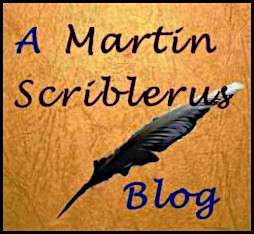Our village was not hunting country. An old farmer who rode to hounds in his younger days once said our area was one where the country of two hunts met. One of the two hunts was to the east of the county, toward the Wiltshire border, the other was to the south, bounding on Dorset. It seemed to me, that neither of them hunted in our vicinity. Only once in childhood can I remember seeing black jacketed riders on the village roads.
A brief look at a map would offer one reason for the absence of horse and hound hunting. The hill on which our village stands is surrounded by low lying moorland, marshy, peat land drained by a vast network of ditches and rhynes, a landscape without the trees and hedgerows that might have formed coverts for foxes. The countryside around the village might have been suitable for hunting, had it not been barred by the farmers. The fields were the winter grazing for livestock brought up from the moors. To have allowed forty or fifty riders to have galloped across the grass would have turned it into tracts of mud; the hounds would have been troublesome to sheep in lamb and to cows in calf. Farming is a hard-headed business – allowing traditions to continue doesn’t pay the bills.
If not hunting country, the area was one for shooting and fishing, both of which continue.
Shotguns were used for shooting. The word always seemed too prosaic for the weapon – a shotgun was a piece of craftsmanship, the smooth chestnut wood of the stock and deep blackness of the barrels. There was a gunmaker’s shop in Langport, the shotguns displayed in the window commanded large prices. Even cartridges had an attractiveness of their own, the bright orange cardboard and the shiny brass caps. In retrospect, the colour was probably functional, empty cartridges that had been dropped to the floor could quickly be retrieved.
Fishing was the most aesthetic of the field sports. Before the advent of plastic and carbon fibre and all the other materials now used, there was a handicraft in the making of fishing tackle. Rods were light, made with split cane, cork handles and metal ferrules. Floats and lures were often hand-made: fishing publications would often have instructions on how to make your own. Reels were simple devices without the sophistication of their present-day successors. It wasn’t just that tackle that provided the aesthetic content, it was the location; there seemed few places more attractive or tranquil than a pitch on a river bank on a fine evening.
Not once in my life have I ever hit anything with a shotgun, nor do I recall ever catching a fish in a river. It was never the prey that mattered, it was the experience, aural, visual, tactile.

